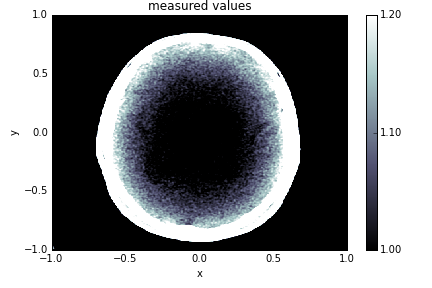A modified fuzzy C means algorithm for shading correction in craniofacial CBCT images
CBCT images suffer from acute shading artifacts primarily due to scatter. Numerous image-domain correction algorithms have been proposed in the literature that use patient-specific planning CT images to estimate shading contributions in CBCT images. However, in the context of radiosurgery applications such as gamma knife, planning images are often acquired through MRI which impedes the use of polynomial fitting approaches for shading correction. We present a new shading correction approach that is independent of planning CT images. Our algorithm is based on the assumption that true CBCT images follow a uniform volumetric intensity distribution per material, and scatter perturbs this uniform texture by contributing cupping and shading artifacts in the image domain. The framework is a combination of fuzzy C-means coupled with a neighborhood regularization term and Otsu's method. Experimental results on artificially simulated craniofacial CBCT images are provided to demonstrate the effectiveness of our algorithm. Spatial non-uniformity is reduced from 16% to 7% in soft tissue and from 44% to 8% in bone regions. With shading-correction, thresholding based segmentation accuracy for bone pixels is improved from 85% to 91% when compared to thresholding without shading-correction. The proposed algorithm is thus practical and qualifies as a plug and play extension into any CBCT reconstruction software for shading correction.
PDF Abstract